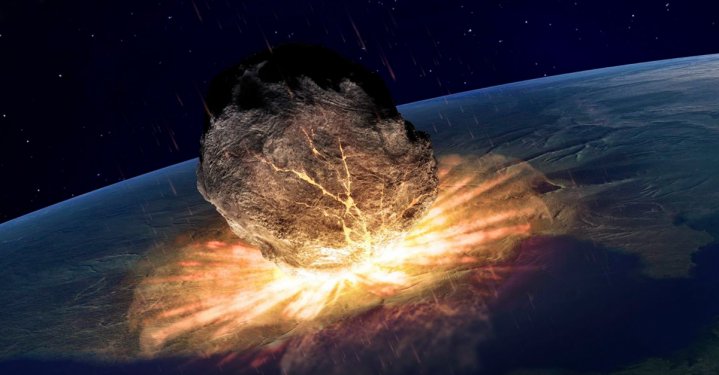
An asteroid as large as a 10-storey building buzzed the Earth on January 9. The giant asteroid came within about 120,000 miles (193,121 kilometers) of our planet and according to preliminary projections it will again return for another swing toward the Sun in December this year.
Not much is known about the asteroid 2017 AG13's path yet, as the rock was only discovered on January 7 and within two days of data to calculate a projected orbital path, the numbers are still a bit messy, but astronomers will now keep a close eye on a (NEO) Near-Earth Object of this size, so that they can get at least a few months' warning before the asteroid again impacts the Earth on its next Sun-ward trip. Astronomers noted that the asteroid was not detected earlier due to its rather low magnitude, which makes it very difficult to detect.
According to redOrbit, asteroid 2017 AG13, a NEO measured by astronomers at the Minor Planet Center in Cambridge, Massachusetts, between 36 and 111 feet (11 to 34 meters) at its widest, was traveling at 10 miles (16 kilometers) per second — that is equivalent to 36,000 miles per hour — as it passed between the Earth and orbit of the Moon.
"This is moving very quickly, very nearby to us. This one has a particularly elliptical orbit. It actually crosses the orbits of two planets, Venus and Earth," Eric Feldman, an astronomer with Slooh Observatory noted in a live event broadcast to monitor the passing asteroid.
Slooh's broadcast also noted that the swinging space rock was "roughly the same size as the asteroid that struck Chelyabinsk, Russia in 2013." So, if the asteroid had in fact impacted the Earth, the effects might have been comparable.
According to Purdue University's asteroid-impact simulator "Impact Earth!", if asteroid 2017 AG13 had hit the Earth (or swings back around to do so in December) — and allowing that it collided with the Earth's atmosphere at a 45-degree angle, it, too, would explode in the atmosphere in an airburst.
Scientists have measured the space rock's orbit to be of 347 days. But, only after spending some more time researching the near-missed asteroid, scientists will be able to estimate if the asteroid will collide Earth and if it does when and where might it impact.









